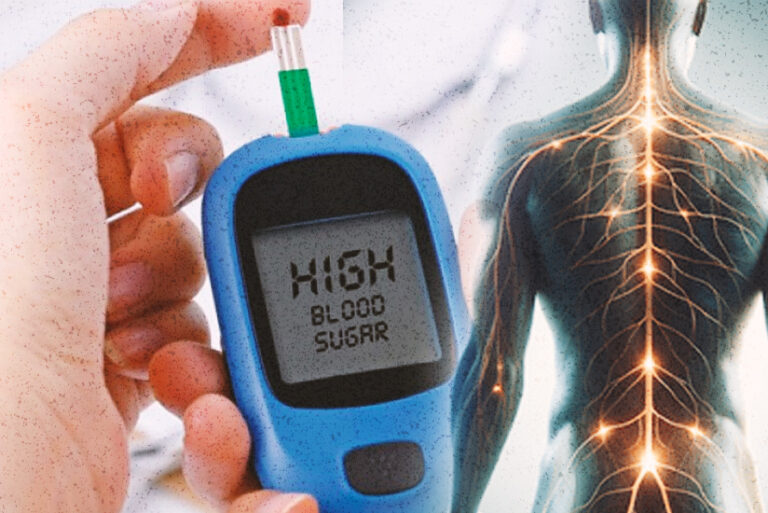By Evangeline T. Capuno
“The best and most beautiful things in the world cannot be seen or even touched – they must be felt with the heart.” – Helen Keller
***
The heart is essential for man’s survival. Here’s what Britannica Encyclopedia says about this most complex human organ: “The heart consists of several layers of a tough muscular wall, called the myocardium. A thin layer of tissue, the pericardium, covers the outside, and another layer, the endocardium, lines the inside. The heart cavity is divided down the middle [by a muscular septum] into a right and a left heart , which in turn are divided into two chambers.
“The heart, although a single organ, can be considered as two pumps that propel blood through two different circuits. The right atrium receives venous blood from the head, chest, and arms via the large veins called the superior vena cava and receives blood from the abdomen, pelvic region, and legs via the inferior vena cava. [From the right atrium, blood] then passes through the tricuspid valve, ito the right ventricle, which propels it through the pulmonary artery to the lungs. In the lungs, venous blood comes in contact with inhaled air, picks up oxygen, and loses carbon dioxide.”
The freshly oxygenated blood then goes into the second circuit, so to speak, through the left atrium, passing through the mitral valve, into the left ventricle, which then pumps the blood through the aorta, to supply the rest of the body.
Here are some facts (odd, trivial and otherwise) culled from various sources about the heart:
In humans, the heart weighs between about 10 to 20 ounces (280 to 340 grams) in men, and 8 to 10 ounces (230 to 280 grams) in women, according to Henry Gray’s Anatomy of the Human Body.
A female heart usually beats faster than a male heart.
The beating sound of the heart is caused by the valves of the heart opening and closing. Every day, the human heart beats (meaning it alternately expands and contracts) an impressive 100,000 times. That adds up to more than 2.5 billion heartbeats in the average lifetime. An adult heart beats about 60 to 80 times per minute.
From person-to-person, there is no specific, static “normal” heart rate. It varies during the day: for example, when we are sleeping, our metabolisms slow down, and our bodies conserve energy by slowing down our heart rate and relaxing our muscles. The opposite is true: heart rates increase when we exercise, are stressed, or are otherwise in states of greater metabolic demand.
When resting, it takes 6 seconds for blood to travel from the heart to the lungs and back again, 8 seconds to go to the brain and back, and 16 seconds to go to the toes and back. When exercising, the heart beats faster to pump more blood and oxygen to the peripheral muscles.
Blood entering the heart is a purplish-bluish red because it does not contain oxygen. Blood existing in the heart is redder, because it contains oxygen.
The heart begins beating at four weeks after conception, and does not stop until death. Every day, the heart creates energy enough to drive a truck 20 miles. In a lifetime, that is equivalent to driving to the moon and back.
Like most organs, the heart starts off small and grows with the rest of the body. When you’re born, the heart is about the size of a walnut and when you’re fully grown, it ends up as big as a large fist.
Your heart has two upper chambers (left and right atria) and two lower chambers (left and right ventricles). They’re separated by a wall of muscle called the septum. The left ventricle is the largest, strongest chamber. It pushes blood through the aortic valve and into your body.
Even if all the nerves to your heart were cut, it would keep beating if separated from your body. That’s because the heart has its own electrical system. It just needs oxygen to keep beating.
The smaller your heart, the better. A heart that’s bigger than it should be can become weak, and pump blood less efficiently, resulting in fluid accumulation that can congest the lungs. It can beat irregularly as well. Sometimes, this can be prevented by taking care of our hearts – by eating healthy, exercising, and watching our weight. Otherwise, drugs and implanted devices (like pacemakers) can help.
You are likely to put your hand on the left side of your chest when thinking of your ticker. Actually, your heart is in the center, between your lungs. The bottom of your heart is tipped to the left, which is why you feel it beating a little more on that side.
Your heart is a strong muscle that pumps blood to all the organs in your body – 2,000 gallons’ worth each day! During an average lifetime, a heart will pump 1 million barrels of blood.
There’s one area in the human body that doesn’t receive any blood. The corneas of your eyes don’t receive blood from the heart. There are two reasons for this. First, the cornea lacks blood vessels, which is evident due to their transparency. Second, your corneas receive oxygen from the air as well as nourishment from tear fluid.
The earliest known case of heart disease was identified in the remains of a 3,500-year-old Egyptian mummy.
Risk factors for heart disease include high blood cholesterol, high blood pressure, diabetes, lack of regular exercise, smoking, obesity, stress, family history, increasing age, gender, and race.
Laughing is good for your heart – it can reduce stress level, and therefore help the heart. When you laugh, endorphins (happy hormones) are released into the body.
On December 3, 1967, South African cardiac surgeon Christiaan Barnard transplanted a heart from a 25-year-old who died in an accident into a 53-year-old man. Although the man died 18 days later of pneumonia, Barnard considered the transplant a success. It was followed days later by the first American transplant at Stanford University in California. Now, thousands of heart transplants are performed around the world each year, with roughly 75% of patients surviving for more than 5 years.
The first open-heart surgery occurred in 1893. It was performed by Daniel Hale Williams, who was one of the few black cardiologists at the time. The first implantable pacemaker was used in 1958. Arne Larson, who received the pacemaker, lived longer than the surgeon who implanted it. Larsson died at 86 of a disease that was unrelated to his heart.
Heart attacks occur when arteries are blocked and oxygen-rich blood can’t flow to supply the heart muscle. The section of the heart devoid of oxygen begins to die if the flow isn’t restored in a sufficient amount of time.
The most common day to have a heart attack is a Monday. Some people think that this is linked to the stress of returning to work, whereas others believe that it is linked to an increase in alcohol consumption over the weekend.
Christmas Day is the most common day of the year to have a heart attack. The day after Christmas and New Year’s Day are close behind.
Studies have found that people who live by themselves are two times more likely to have a heart attack than people who live with a roommate or partner. One hypothesis explained that spending time with loved ones can mitigate stress and fend off depression – both of which are risk factors for heart disease.
While both men and women can share the most common signs of a heart attack, some symptoms differ. Men tend to report more chest pain symptoms, while women have been shown to report unusual fatigue, sleep disturbances, dizziness, and anxiety.
There is actually such a thing known as the broken heart syndrome. Symptoms are similar to a heart attack, but the cause is usually stress — such as romantic breakups and broken hearts! — and not heart disease. It is called “takotsubo cardiomyopathy”.
People with low fitness levels have double the risk of heart disease as their more active counterparts. The American Heart Association recommends logging at least 150 minutes of moderate-intensity exercise, or 75 minutes of vigorous activity, or a combination of the two, every week.
These famous personalities had one thing in common, they all died of heart attack: Mao Zedong, Elvis Presley, Kim Jong-il, Alexander Fleming, Ayatollah Khomeini, Mark Twain, Lucille Ball, Jawaharlal Nehru, King Il-sung, Louis Armstrong, Stanley Kubrick, Bing Crosby, Ginger Rogers, Warren G. Harding, Christian Dior, Manuel Roxas, Elpidio Quirino, Orson Welles, and Federico Fellini.
The following celebrities have fought heart disease: former American vice president Dick Cheney, former CNN interviewer Larry King, former American president Bill Clinton, The Late Show host David Letterman, Oscar-winning actress Elizabeth Taylor, singer Toni Braxton, ABC News host Barbara Walters, and Hollywood actor Robin Williams.
Apes’ and monkeys’ hearts are closest to humans’ hearts. Their hearts are similar in how they look and work. But many scientists studying the use of animals as organ donors for people think the pig might be the most promising. Lots of research is being done.
Octopuses have three hearts.
A seal’s heart rate can go as low as 10 beats per minute during an extended underwater dive.
A cow’s heart is the size of a human head.
Starfish, sea cucumbers and jellyfish have no hearts at all.
Scientists used to believe that once an organ is grown, it doesn’t make any more cells. But research has found that the heart and other organs keep making new cells, at least in limited amounts. They could replace damaged ones caused by, for example, a heart attack.
No one knows for sure when the heart was first associated with the idea of love and romance. It became very common in the Middle Ages in works of art. It symbolized love, sincerity, and clarity.
The iconic heart shape as a symbol of love is traditionally thought to come from the silphium plant, which was used as an ancient form of birth control. – ###








